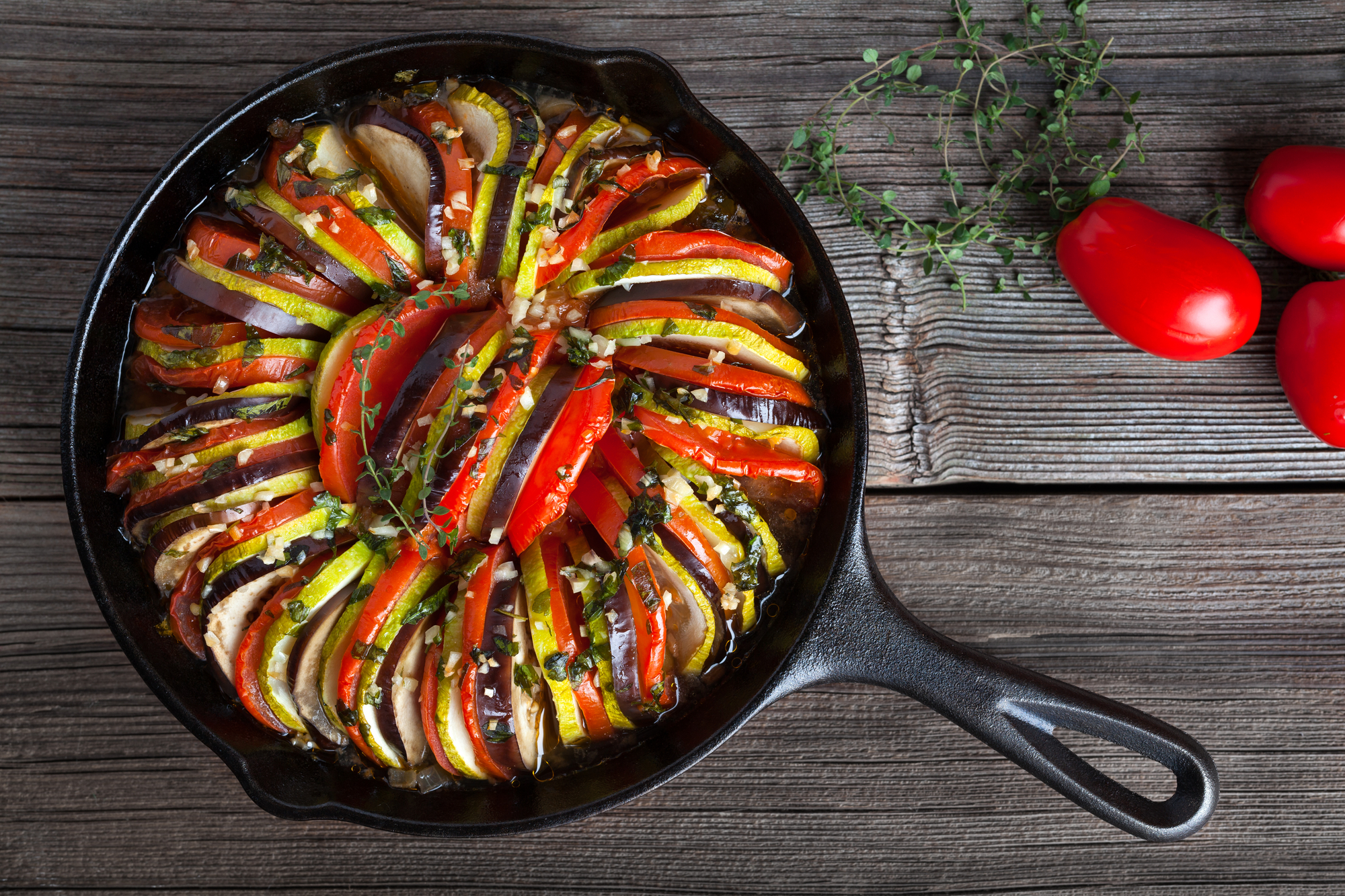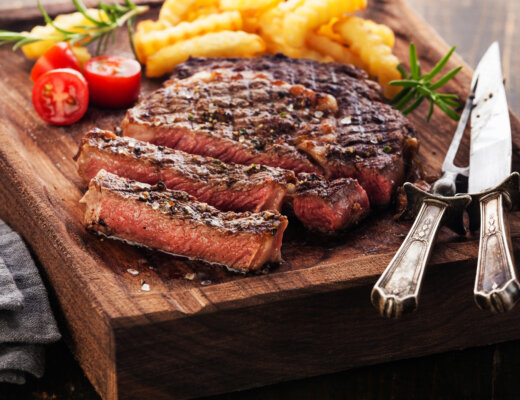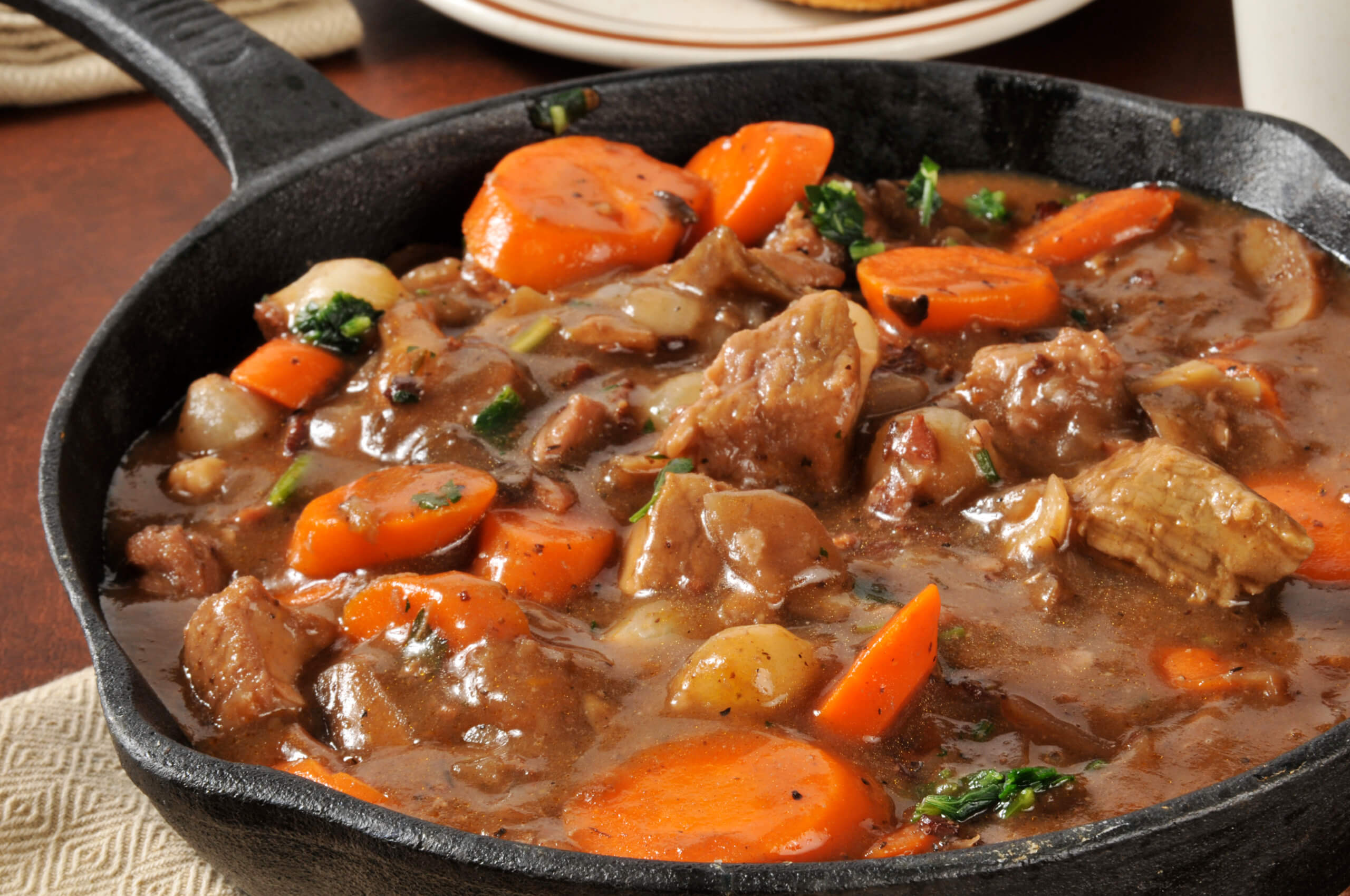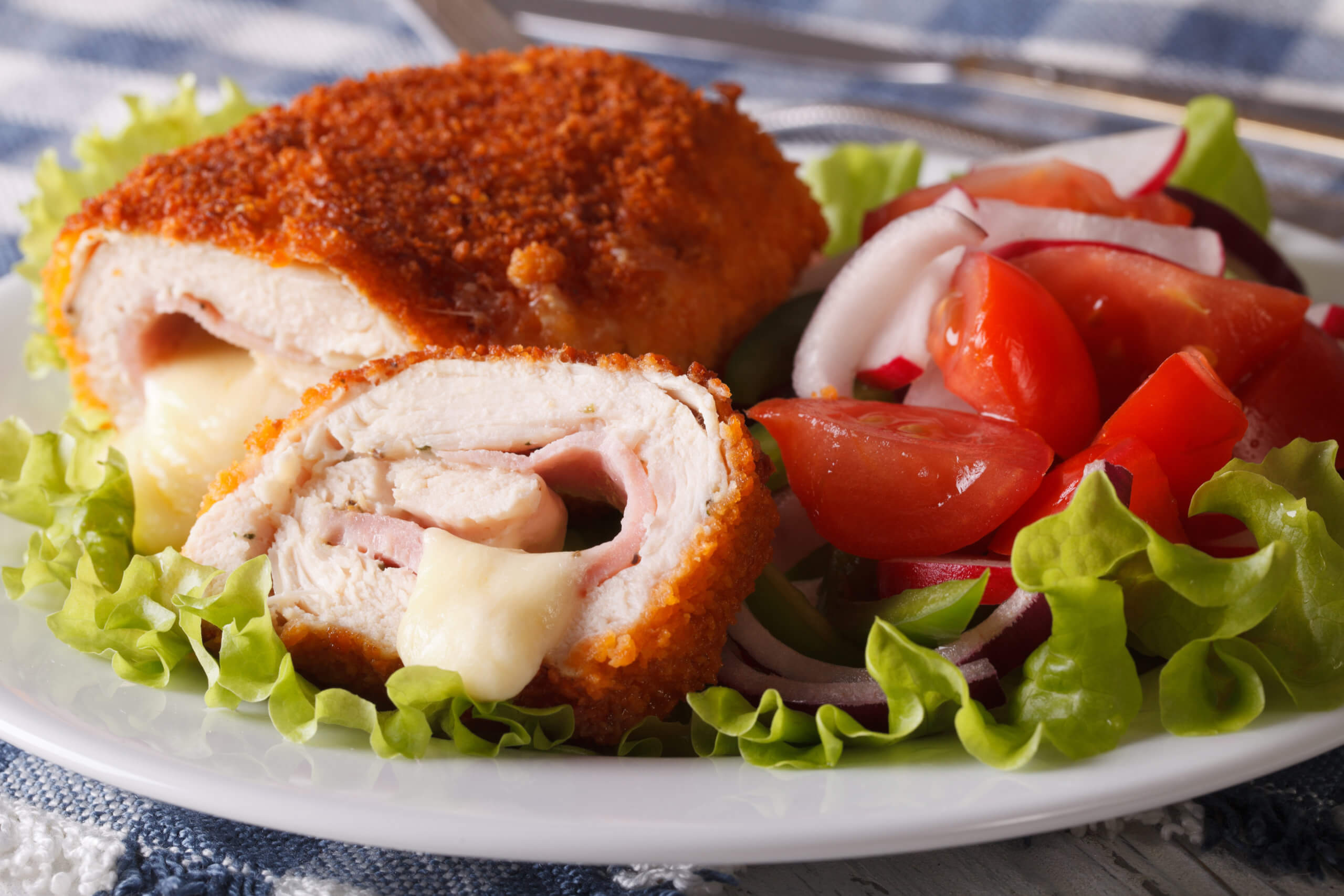French cooking is probably more filled with modern “masters” than any other culinary discipline, and with that comes a lot of information, a lot of cookbooks, and a lot of people telling other people the right and wrong way to make traditional French dishes. This makes French cookbooks some of the best available, but also some of the most challenging!
From a gourmet side, there are obvious names that never go away. Julia Child, Paul Bocuse, and Jacques Pepin come to mind, but only certain French chefs really make dishes that are executed by home chefs with any level of proficiency. You may find the differences interesting, where some such as one of the greatest cookbooks of all time, Julia Child’s Mastering the Art of French Cooking, is as serious as you can get in terms of culinary and technical delivery. Others cater more to children, or to some regard are a bit more fanciful and playful.
We choose these top 10 French cookbooks with those ideas in mind, understanding that variety is the spice of life, and there’s plenty of flavor in these recipes, and in French cooking in general (our favorite is ratatouille)!
That’s what we’re focused on here, in trying to locate the best French cookbooks that everyone should read!
Origins of French Cooking
French cuisine has long been revered globally as one of the premiere culinary traditions, known for its focus on technique, quality ingredients, and complex flavors. But where did this iconic cuisine originate? The origins of French cooking lie in the country’s regional histories, landscape, and culture.
The early Gauls who inhabited the territory that is now France had simple cooking centered around staples like grains, legumes, dairy, and wild game. It was the influence of the Roman Empire in ancient Gaul starting in the 1st century BC that began elevating the cuisine. The Romans introduced viticulture, bringing new wine growing traditions. They planted vineyards to cultivate grapes across the land. Veritable Mediterranean trade routes were established. Exotic spices like pepper from India and rosemary, thyme, bay leaf, and parsley arrived. The Romans also likely introduced early preparations of roasted veal, pork, duck, egg dishes, beans, onions, turnips, and leeks. These remain core to French cooking today.
In the Middle Ages, the cuisine adopted Arab and Moorish influences as spices like cinnamon, nutmeg, cloves, and saffron made their way to France via expanded trade. The lavish banquet culture of the era’s royalty and aristocracy meant elaborate multicourse feasts. Cooks creatively combined flavors and textures while placing emphasis on presentation. The rich dairy and butter from Norman herds were prominents ingredients. The first French cookbooks or recipe collections also emerged documenting rice pudding, flans, and early soufflés.
The Renaissance period from the 15th to 17th century was when haute French cuisine truly took form. International explorations brought new produce like potatoes, tomatoes, and beans from the Americas. The court of Louis XIV in Versailles cemented cooking’s elevation to an art form. Elaborate presentations, complex recipes, and professionalization of cooking techniques became hallmarks. French chef La Varenne wrote a seminal cookbook formalizing French cuisine’s core sauces, cooking methods, and use of mushrooms, truffles, and herbs.
French regional cuisines also blossomed based on geography and local histories. For example, Provence in the southeast developed dishes using fresh vegetables, herbs, olive oil, and tomatoes. Brittany in the northwest focused on seafood like lobster. Alsace bordering Germany cooked meatier recipes andsavory tarts. Each area cultivated its unique specialties contributing to the diversity of French cuisine as a whole.
The French Revolution in 1789 led to the decline of aristocratic kitchens. Talented chefs left to open public restaurants bringing haute cuisine to the rising bourgeoisie. Restaurant culture like fine dining was born. Marie-Antoine Carême became the first famous celebrity French chef. His elaborate architectural dishes and technical writings further propelled French cooking to global renown in the early 19th century.
In the late 19th century, Georges Auguste Escoffier modernized and updated French cuisine. He emphasized fresher, lighter sauces and seasonal ingredients while streamlining kitchen operations. French cooking adopted a balance between innovation and tradition moving into the 20th century. The rise of nouvelle cuisine in the 1970s promoted fresher preparations, dish presentations, and openness to global influences.
Today, France has over 500 cheeses, hundreds of bread varieties, classic techniques like sauce making, and one of the world’s most codified cuisines. But French cooking also continues to adopt global influences and new ideas while championing regional specialties. Paris has become a hub of creative gastronomy. The origins of French cuisine reveal how landscape, culture, technology, empire, and innovation shaped one of the most renowned and technical cooking traditions. Its meticulous techniques and remarkable diversity of flavors make it a universal reference point for global cuisines today.














